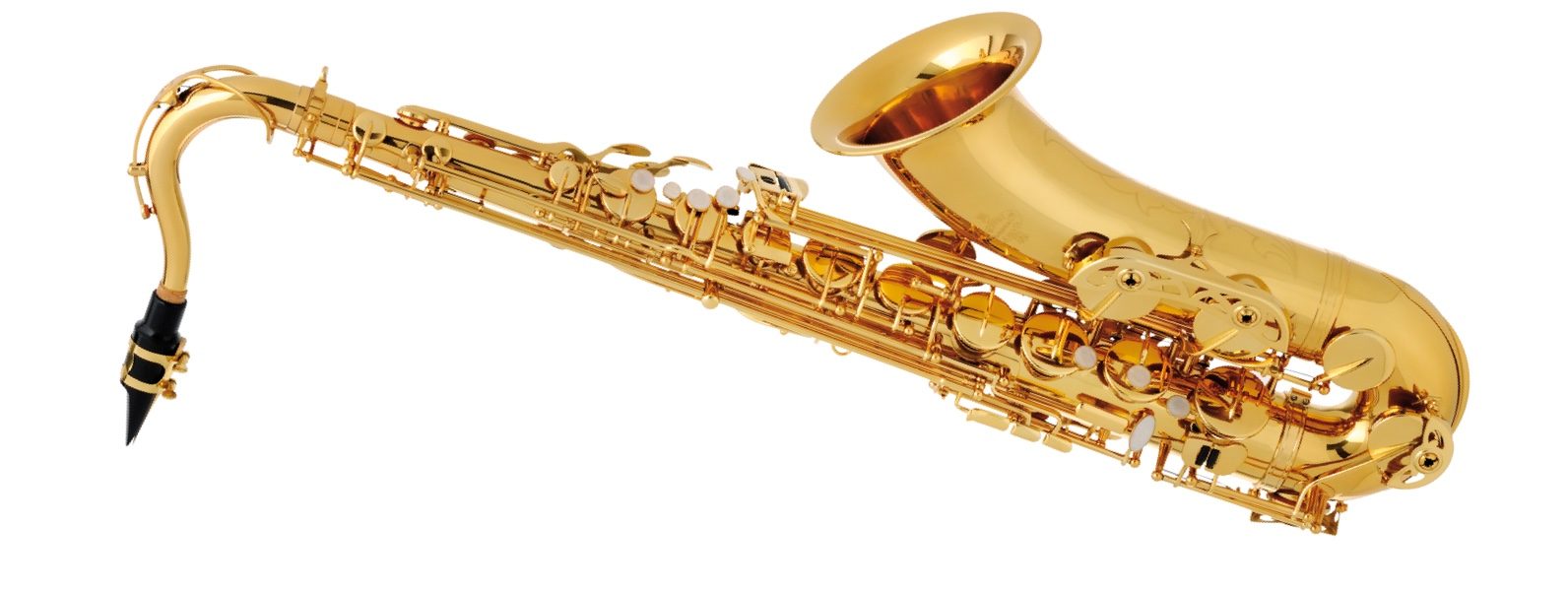Buffet Crampon Tenor Saxophone Serial Numbers
- 19 Comments!

Hey there, first off, I just want to say this is the first time I've posted here, and these forums are really great. So, onto my real topic, I'm bidding on this saxophone, The saxophone is a buffet-crampon saxophone, and from what I've seen around the web, this is from circa 1890. I have never played on a saxophone from before 1960, as I am just a student in high school. I have however played on a buescher 400, so my question is, how similar are these older models to newer models? For example, will these older saxophones be more fragile and prone to breakage? Or will their age effect the sound.
My parents are pretty skeptical about older items, so I would need to explain how the older sax would not be a huge burden, unless it is. Could someone please tell me the major differences between these 80-100 year old saxophones, and the newer 20-modern saxes. Finally, about how much would this cost to be refurbished so it would work well enough? Also, on a last note, would this sax be playable in a marching band? I ask as I would like to play a good sax for that but also not have it break down at the first sights of the outside. For starters, that sax is absolutely not from the late 1800's.
I'm not much of a Buffet guy, but I believe that sax was made during the 60's. Since it's an Evette (I believe Malerne made some of these if I'm not mistaken), the serial numbers are not comparable to Buffet serial numbers. If it was indeed over a hundred years old, it would be keyed only to low B and have other quirks such as separate octave keys. Barring any seized screws and/or rods, or any excessive key play, the cost to overhaul them is similar to any modern sax. And it would work just fine in any modern setting. Thanks vintage, I was just looking at the serial number list and I couldn't find an evette schaeffer serial # list.

So, the sax would play fine in a marching band setting? I know most saxes wouldn't accept the cold or heat very well. Do you know of anyone who can compare this sax to some other options I've seen? I'm not good at distinguishing between the different models so I would like to know the general consensus on saxes such as this one,, or this one,.
The record is much less complete after 1936. Instruments manufactured after 1936 range in serial number from ~1350-3600. The log book shows the serial numbers jumping around quite a bit for the Selmer/Adolphe Sax saxophones. Even so, its possible from this record to assemble a basic serial number chart for these instruments.
L., Semenova K. Strategic planning in the management of municipal education: the essence of the concept ECONOMICAL SCIENCES Khaikin M. Economic and legal problems of development of the services sector in the knowledge society Burenina I. V., Vanchukhina L. I., Shakirova A. Kazakevich pichugina semenova programma po tehnologii e. Nadezhda Alekseevna - patentoobladatel po tehnologii proizvodstva protivoparazitarnoy pishchi (Patent # 31970) i dr. V dannoy knige ochen podrobno i dohodchivo rasskazano o parazitarnoy prirode bolezney cheloveka i predstavlena protivoparazitarnaya programma navedeniya ekologicheskogo poryadka i chistoty v organizme, togda bolezni - prosto. «Po delu o proverke konstitucionnosti polozhenij punkta 6 stat'i 4, podpunkta «a» punkta 3 i punkta 4 stat'i 13, punkta 3 stat'i 19 i punkta 2 stat'i 58 Federal'nogo zakona ot 19 sentjabrja 1997 g.
I also realized this should probably be in the beginners forum for advice on buying a saxophone, so if someone could move this that would be great. Ironically, that Buescher you are looking at also has been dated incorrectly. Serial key generator. In '23, Buescher was producing the True Tone models (which that is not). That tenor is a second line horn, so Buescher serial numbers can't be used to date it.
Just in regard to this sax, I find that the seller occasionally marks instruments incorrectly (as in this case) and their prices are on the inflated side of things. Although an Elkhart is a well built sax that would perform just fine in a marching setting. In regards to a sax that can handle cold weather, all of them fair the same (more or less). The issue with cold is more in relation to things such as shellac becoming brittle. So no matter which sax you buy, all will essentially have the same potential problems in extreme temperatures. All the saxes you listed would be suitable for marching band (although I would hesitate to use such a nice Couf as a marching horn). The differences between them would be their individual timbre and ergonomics.
But this is a personal preference, and it takes a player trying out horns to find the one that they like the best. Are you looking for a sax for all your playing, or just for marching band? Marching any sax is hell on the instrument. It's easy to get bent rods, dents, and possibly seized rods/screws (if you're outside enough times when it's raining). If at all possible, it's generally advised to have a sax just for marching (if you're going to be doing much of it). A few other relatively inexpensive vintage tenors to consider would be: a Martin Indiana, a Pan American (with LH bell keys), a late Buescher 400, or an early Conn 16M Director.